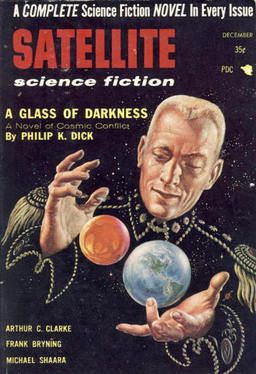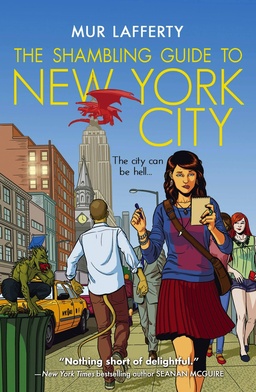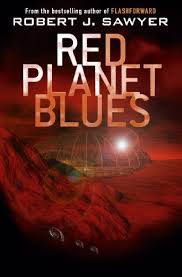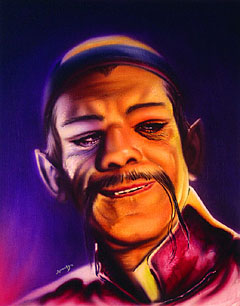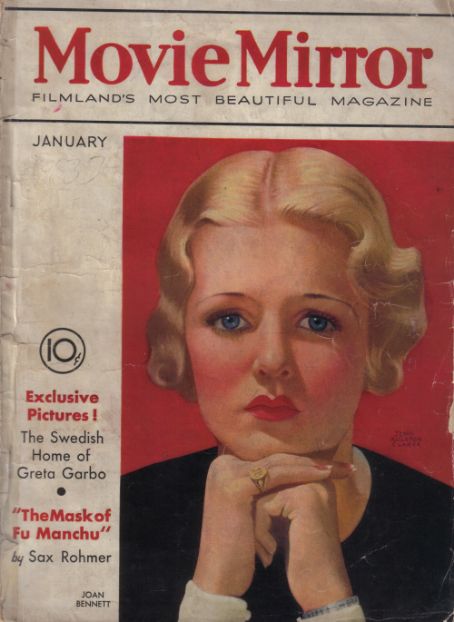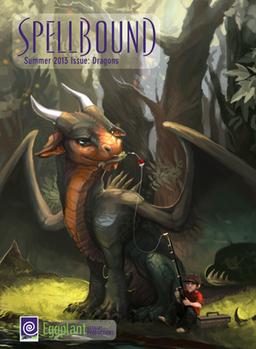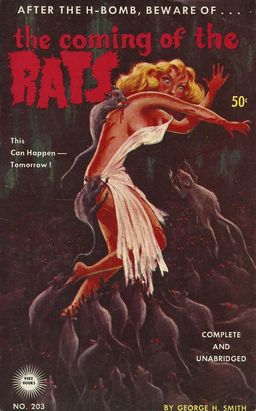Some Comments on the SFWA Rate Increase
 So, I saw that SFWA (the Science Fiction and Fantasy Writers of America) is raising their qualifying payrate from 5 cents/word to 6 cents/word. This rate is part of SFWA’s formula for determining whether a market or an individual sale is a professional sale for the purposes of qualifying for SFWA membership. With some other minor details, a writer can qualify for full SFWA membership with three professional short fiction sales, or the sale of one novel at professional pay.
So, I saw that SFWA (the Science Fiction and Fantasy Writers of America) is raising their qualifying payrate from 5 cents/word to 6 cents/word. This rate is part of SFWA’s formula for determining whether a market or an individual sale is a professional sale for the purposes of qualifying for SFWA membership. With some other minor details, a writer can qualify for full SFWA membership with three professional short fiction sales, or the sale of one novel at professional pay.
The last time SFWA raised its qualifying rate was nine years ago, when social media was less developed than now, and I’ve already seen some reactions about what this will mean for magazines that qualify right now at 5 cents/word. Short fiction economics being what they are, a few magazines will be at a decision point. Do they incur the costs of raising their pay rates and remaining SFWA-qualifying markets, or do they remain at 5 cents/word and possibly lose out on that part of the author population that is looking for SFWA membership? Many magazines are volunteer-run operations (bless them!) and/or are running losses, and/or are making ends meet with grants and kickstarter campaigns. Publishing is not a business you go into to make money. Hayden Trenholm, publisher of Bundoran Press, often tosses out the old saw that the way to make a small fortune in publishing is to start with a big fortune.
Writers (and publishers) are human beings. They pour their hearts into acts of creation in defiance of odds and common sense (once again, bless them, and me, who participates in the insanity of creation against all advice just as much as anyone else). We all ache for acceptance and recognition of our art, and SFWA is powerful professional recognition. Someone is saying “You are good, we welcome you to our group.” Heady stuff for any artist, although that’s not exactly the wording on the acceptance note. Whether or not you subscribe to the whole professional association thing, our reactions as artists are very much human.
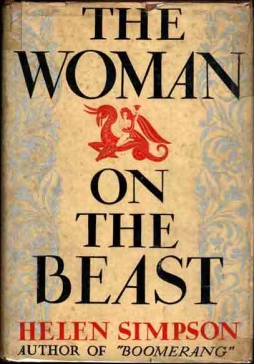 One of the distinct pleasures of used-book sales is finding an old book about which you know nothing, and making a cheap gamble: a literary bet that the story will prove worth the coin. You hope it pays off with unsuspected greatness, but for me as a reader the bet’s covered if I find something memorably strange. Not necessarily greatly strange, but eccentric, interesting, and outside the received narratives of literary histories (and genre histories past). Which brings me to Helen Simpson’s 1933 novel The Woman on the Beast: Seen From Three Angles.
One of the distinct pleasures of used-book sales is finding an old book about which you know nothing, and making a cheap gamble: a literary bet that the story will prove worth the coin. You hope it pays off with unsuspected greatness, but for me as a reader the bet’s covered if I find something memorably strange. Not necessarily greatly strange, but eccentric, interesting, and outside the received narratives of literary histories (and genre histories past). Which brings me to Helen Simpson’s 1933 novel The Woman on the Beast: Seen From Three Angles.